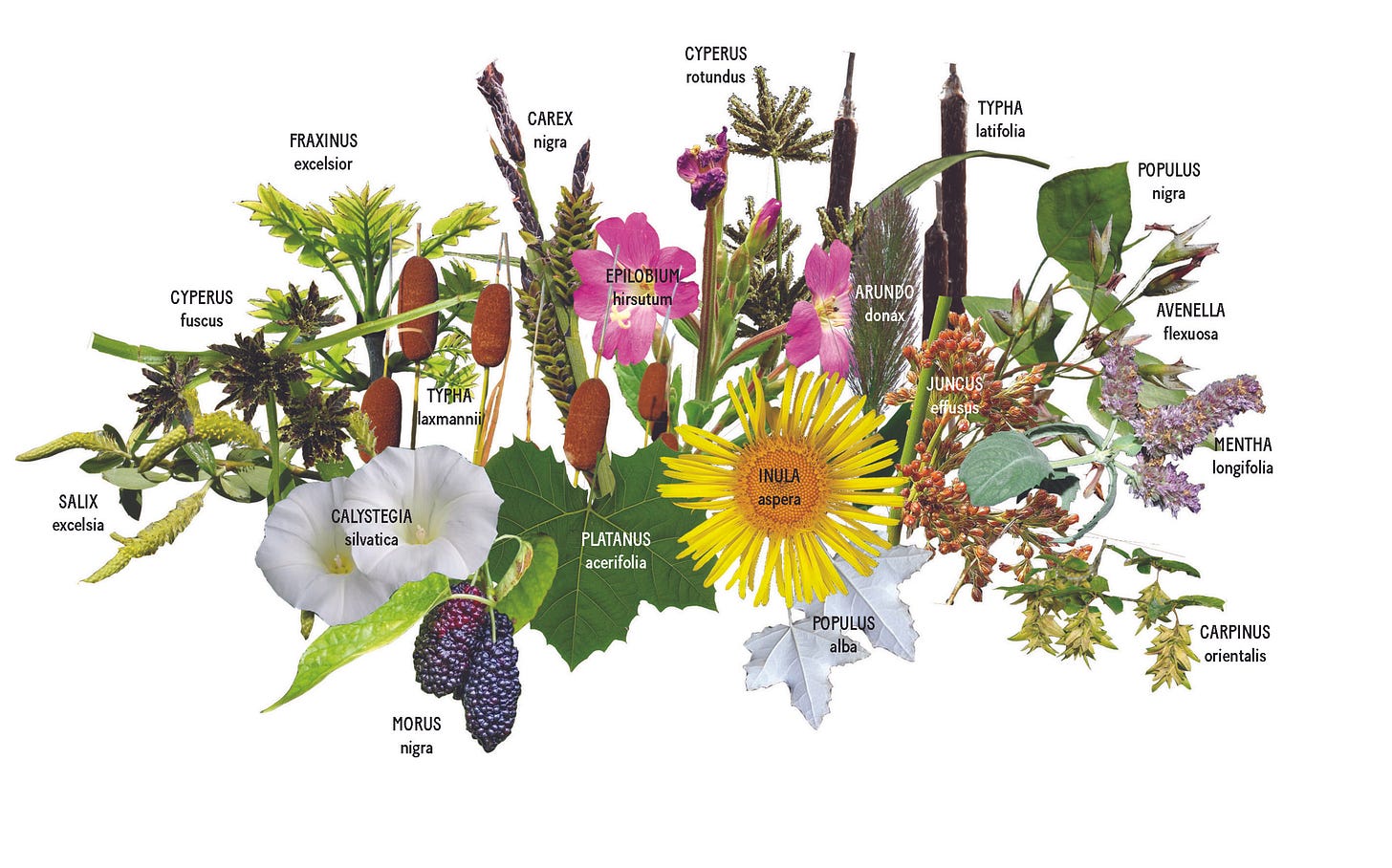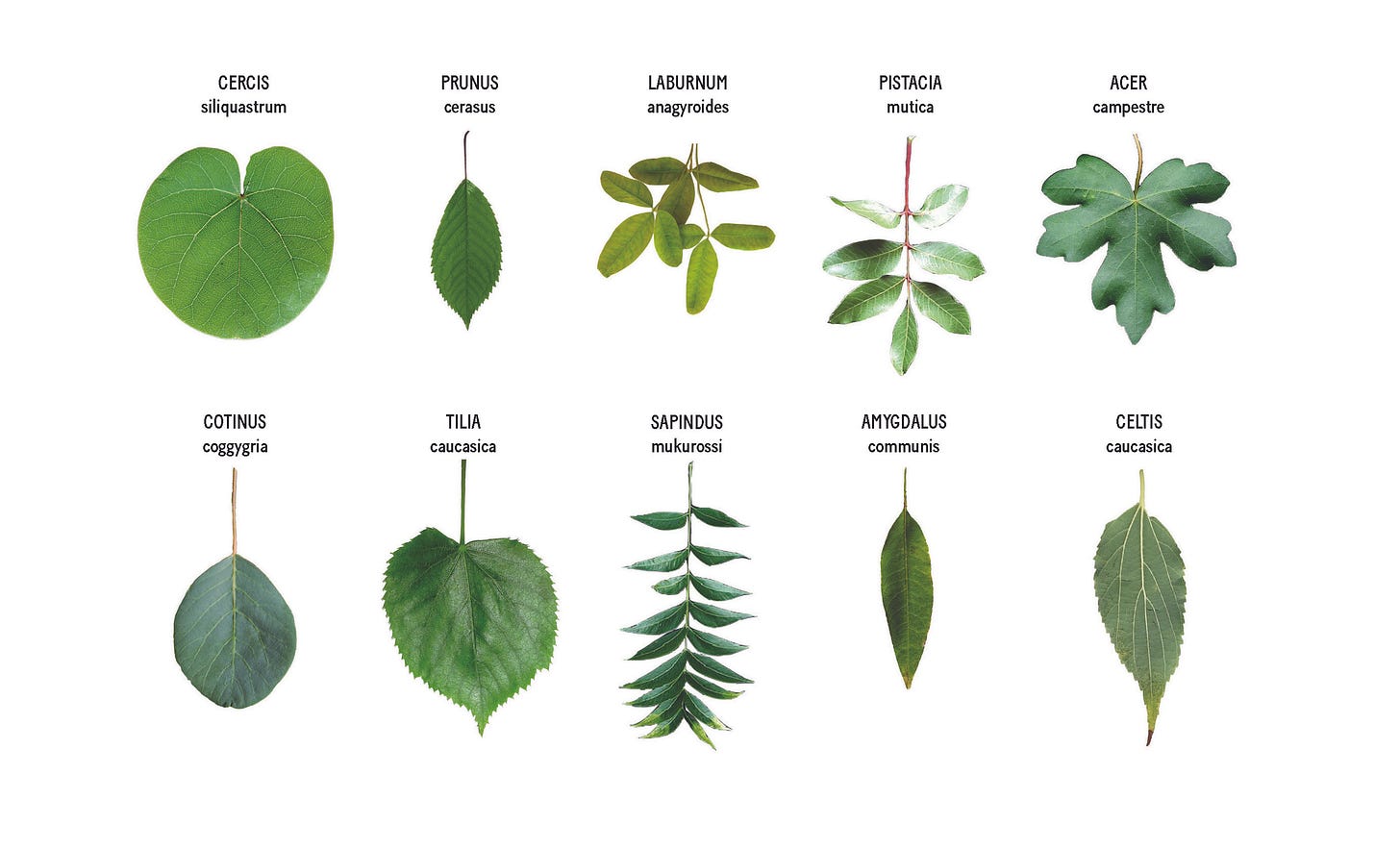Plants at Arsenal Oasis
The Arsenal site supports a diversity of plant species. The primary ecologies are Kartli Steppe and Emergent Wetland. These communities are the result of abundant sunshine on this south-facing slope and water from the leaking pipe. By channeling the excess water we initiated a third ecology, the Fruit and Flower Orchard, which will further increase the species diversity and provide fruit and flowers for a variety of animals and visiting people to enjoy.
ANTHROSOILS
Relict grey cinnamonic soils and skeletal anthrosoils cover most of the site, making substantial afforestation a challenge. The orchard is planted with drought-resistant species along a moisture gradient: those species requiring more water will be located closer to our wetland terrace and water source. The species include Amygdalus communis and Prunus cerasus.
WETLAND PLANTS AND PROPAGATION
The wetland area includes a mix of reeds including two species of cattail: Typha laxmanni and Typha latifolia, and the tall Arundo donax, considered invasive in the Western Hemisphere. Several colorful flowering herbaceous species include Mentha longifolia and Inula aspera.
From the existing trees, we trimmed and planted live stakes of Populus alba, Populus nigra, Salix alba, and Salix excelsa in the wetland terrace. At first, we tried to set them upright in the stones and soils, but we soon learned that they will sprout in an orientation. Live stake planting is a common and economical method for wetland ecology establishment and riparian restoration projects.
During the winter of 2021, there was a brush fire which and the wetland burned. This area regenerated quickly and the disturbance is barely noticeable today.
TREE PLANTING
During a planting workshop last fall, we used the Miyawaki Tiny Forest Method to create a forest nucleation patch by the upper pipe. The dense patch of tree species was selected for their hardiness and drought-tolerance. The density of the planting will help retain soil moisture in the tiny forest; nurse plants - Celtis australis ssp. caucasica and Cotinus coggygria - will shade and protect other tree seedlings as they grow.
This fall, we will collect seeds and stakes from the territory to use in a new ruderal planting installation in the center of Tbilisi.








